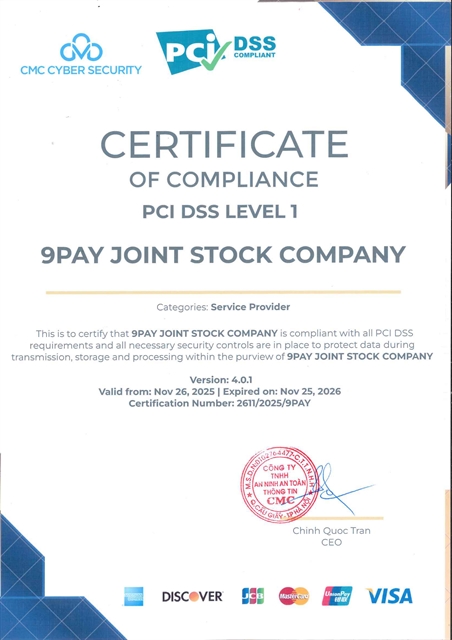 bizhub
bizhub

Cargill inaugurated and put into operation its 10th aquafeed plant in Việt Nam last week.
 |
| Cargill Việt Nam has more than 2,000 employees working at 23 sites across the country.— Photo cargillfeed.com.vn |
HÀ NỘI — Cargill inaugurated and put into operation its 10th aquafeed plant in Việt Nam last week.
The new plant, located in the premises of Cargill’s existing animal feed factory in the northern province of Hà Nam, is the second aquaculture feed line in the north of Việt Nam.
With production capacity of 3,000 tonnes per month, this modern production line focuses on high quality extruded feed products for tilapia and other local fish species to meet the growing demand for floating fish feeds.
The new factory will also help Cargill Việt Nam improve its customer service capabilities in major agricultural areas in Hà Nội, Hà Nam, Thái Bình and the north central region, where a large number of farmers are rapidly switching from extensive to intensive farming.
In addition, it will help Cargill shorten delivery time for customers and enable fish farmers to growth healthy seafood, increase output, reduce production costs per kilogramme of finished fish and minimise impact on the environment.
At the ceremony, Chad Gauger, managing director of Cargill Aquaculture Nutrition Asia South, said Cargill’s global innovation and expertise combined with the strong plant operations in Việt Nam and commercial teams would bring exciting new technologies to help Vietnamese farmers thrive.
“Việt Nam is a critical aquaculture market for Cargill and we are excited to be expanding our aquaculture feed capability to our sixth plant to continue our growth in Việt Nam and in Asia South,” he added.
Cargill’s first aquafeed line was established in Việt Nam’s southern city of Biên Hòa in 1998. Following its acquisition of EWOS in 2015, EWOS’s manufacturing plants in Việt Nam began to integrate and operate smoothly with Cargill’s plant systems in the country.
Currently, Cargill Việt Nam has more than 2,000 employees working at 23 sites across the country, operating in the fields of animal feed production, providing raw material for food and beverage production, along with providing grains and oilseeds, steel trading and high protein corn. — VNS




